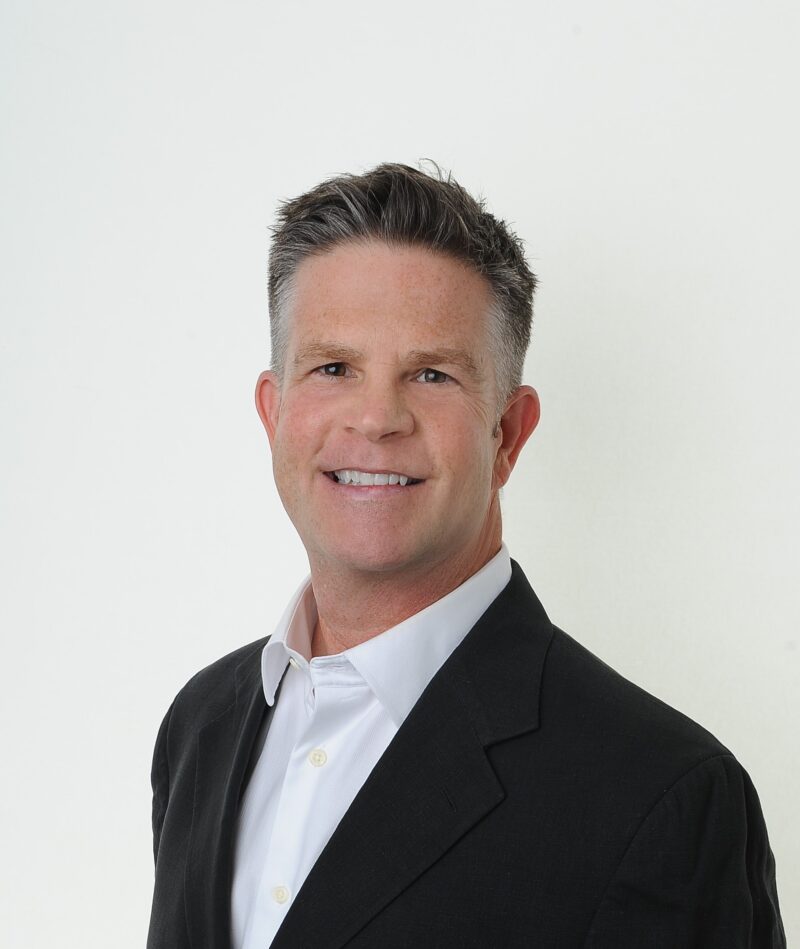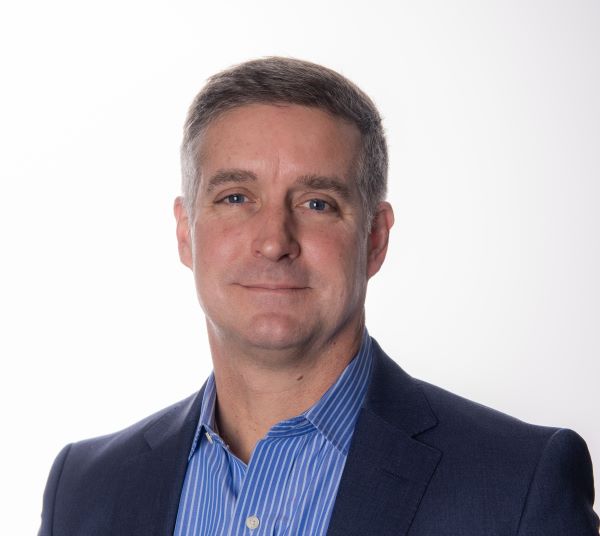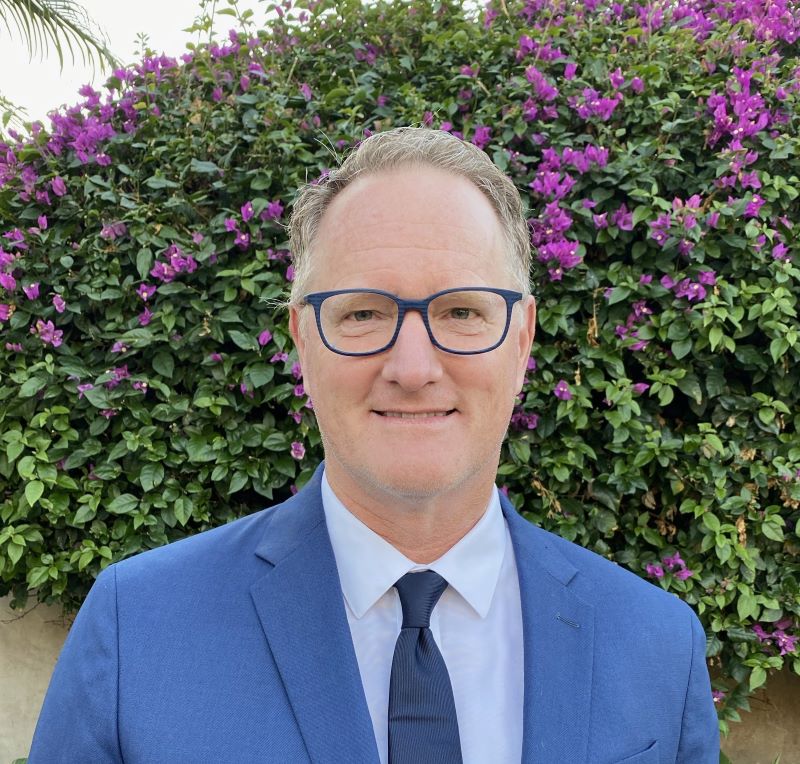With the current and growing worldwide concerns regarding the Coronavirus (COVID 19). Telemedicine is more important now than ever. What are some of the key areas in the coming years that will require new innovation and services to help patients and medical experts.
According to explorations and studies of smart healthcare technology, we can expect technology to work hand in hand with healthcare today, and even more so into the future. Technological developments in the healthcare sector support both patients and caregivers and are facilitating better patient outcomes. Over the past few years, we’ve seen an increased technology spend by healthcare providers as practitioners view the tech sector as potentially providing critical components to their practices. On the other hand, patients aren’t always getting the care they require due in part to a shortage of timely appointments, but also due to rocketing healthcare costs. Technology could provide some solutions to these challenges through mobile applications, smart healthcare devices, and Telemedicine opportunities.
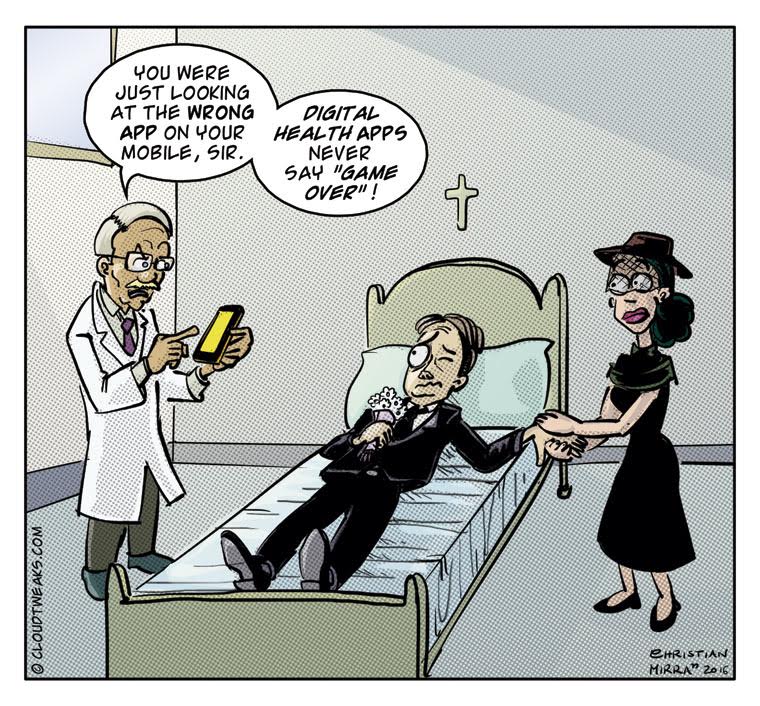
Already mobile devices are being used by doctors to access and assess patient information, and many organizations are implementing tablet applications for communication with patients. Similarly, patients are making use of mobile applications which aid in self-diagnosis as well as provider communication tools for more streamlined healthcare processes. Of course, privacy and security remain a concern as Data leaks of sensitive patient information is unfortunately not uncommon, and many healthcare providers are struggling to keep up with the latest tech innovations and their accompanying vulnerabilities.
The use of smart devices in healthcare is expanding, and according to a report by Technavio the global smart wearable healthcare device and services market will show a compounded annual growth rate of over 18%. Thanks to modern medicine, lifespans are increasing, resulting in aging populations and a higher frequency of chronic diseases. Moreover, with the consumer driving healthcare systems, it’s becoming more important to provide mobile, user-friendly healthcare applications that aid in personal health monitoring and provide users with the tools to improve their health themselves.
A chief concern in the medical industry today, and for many years past, is identifying important healthcare practices and then ensuring they’re delivered timeously. According to estimates by the National Institutes of Health, approximately 17 years go by before relevant scientific discoveries become standard treatment. Luckily, data analytics is making it possible to reduce this number dramatically. Through the collection, analysis and sharing of real-time healthcare data and evidence, providers are better equipped to decrease medical complications and improve patient outcomes. Furthermore, such implementations are proving to reduce costs while realizing best practice solutions.
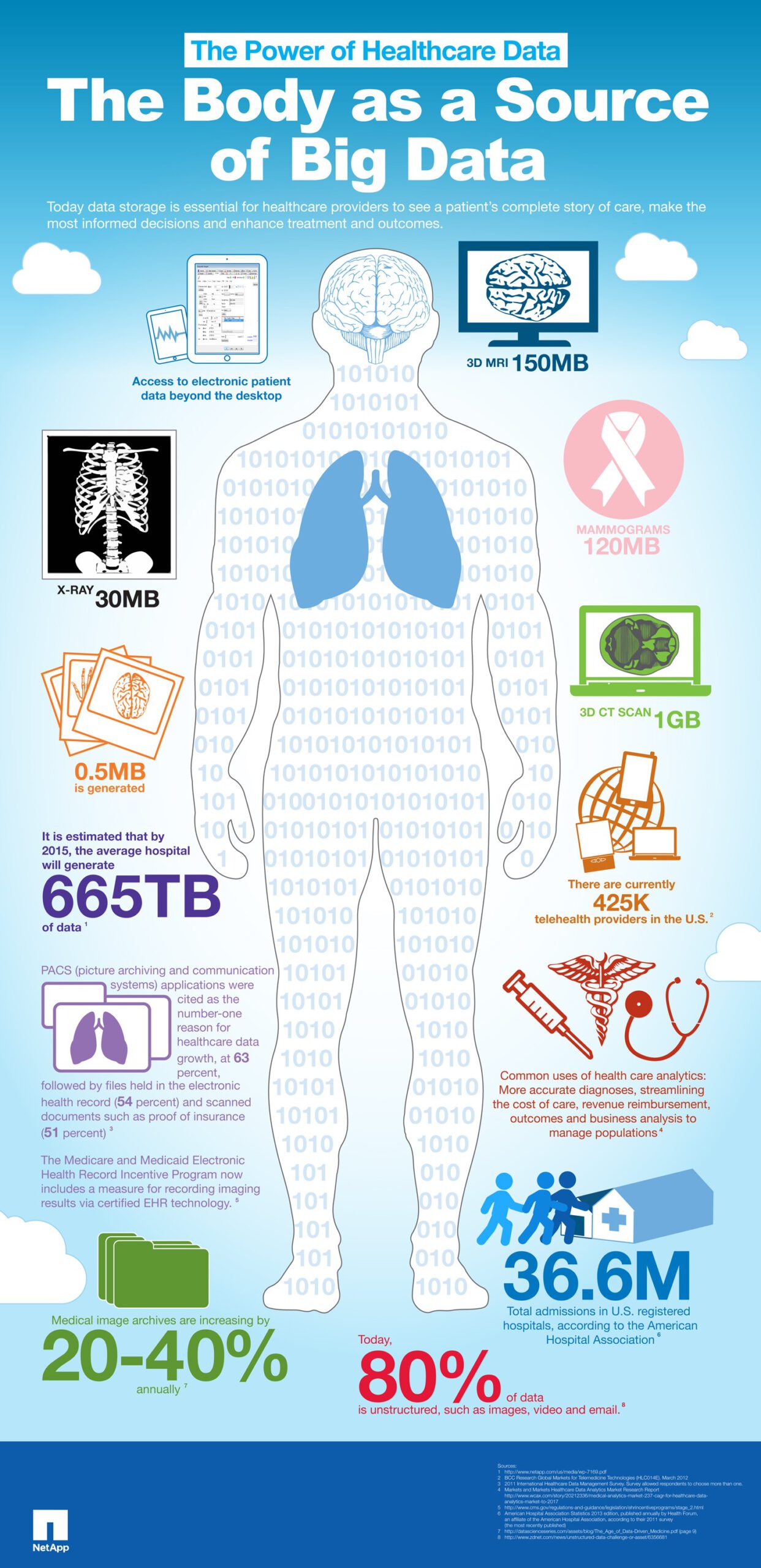
Assisting sound data analytics, healthcare providers are learning that a better quality of information results in improved and advanced insights. Though many hospitals and healthcare organizations are reluctant to share results, in part due to competitive pressures, but also due to privacy and security concern, such communication and distribution of data is at the very center of big data analytics potential to improve patient care and health outcomes. Fortunately, many institutions are beginning to recognize the value of collaboration, and cooperative approaches are driving down healthcare costs, improving healthcare delivery mechanisms, and refining patient treatments.
Any suitable big data analytics program begins with a solid blueprint. Though it’s tempting to focus on the goals and end results of such a program, shrewd organizations recognize that developing a robust infrastructure which supports clinical and operational enhancements is more sensible. Suddenly healthcare organizations are immersed in the world of data centers, data integrity, supportive reporting processes, and IT developments and challenges. Once the bare bones are in place, staff correctly trained, and patients willing partners, the search for appropriate big data analytics tools begins. When examined as such, it’s clear that successful healthcare big data analytics programs are the result of significant investments of time, expertise, and money and each positive outcome warrants much celebration and admiration.
We already have a host of IoT solutions available in the healthcare sector, possibly most prevalent the fitness monitors. But such personal activity trackers are really just a taste of what IoT technology can offer the healthcare industry. Infusion pumps, lighting and heating automation, and record keeping utilizing IoT tech already aid hospitals and healthcare providers, but pioneering organizations are taking a leap forward. Boston Medical Centre, for Instance, uses sensors which prevent newborn babies from being removed from the hospital without being signed out, and monitors for patients in the neonatal ICU alert nurses via cell phone when significant changes to vital signs are detected.

Little known and future possibilities include Asthmapolis, an asthma inhaler with built-in GPS-sensor, which records the data of time and location of use. This provides specific environmental information that can help asthma sufferers avoid problem areas. Google and Novartis have teamed up, and a prototype digital contact lens that measures blood sugar levels through tear liquid has been developed, proposing easier management of diabetes. And Vitality’s GlowCabs addresses medication monitoring, an area in which the WHO believes 50% of patients are not correctly following doctors’ advice. Using light and sounds, the GlowCabs system signals users when it’s time to take medication, and once a week a report is sent to GlowCap users containing information about medication use to date.
With the over-abundance of medical data available, and increasing exponentially day by day, predictive analytics tools offer a better way to quickly unearth relevant insights. Infection surveillance systems are growing in popularity, helping prevent hospital-acquired infections, monitor surgical risks, and predict outbreaks of deadly diseases. Already a $260 million market, analysts forecast a growth of 19.9% CAGR to 2025. Moreover, with healthcare providers taking on the responsibility for longer-term patient outcomes, and often trusted with a single patient’s care over many years, predictive analytics technologies are helping change and improve systems. Using predictive analytics tools, predictions can be made for particular patients, based on their individual information. This method doesn’t rely on the bell curve, and doesn’t have to group a range of patients for accuracy, and so predictions are more precisely suited to particular patients. Additionally, preventative medicine advanced with predictive analytics, impacting favorably on public health.
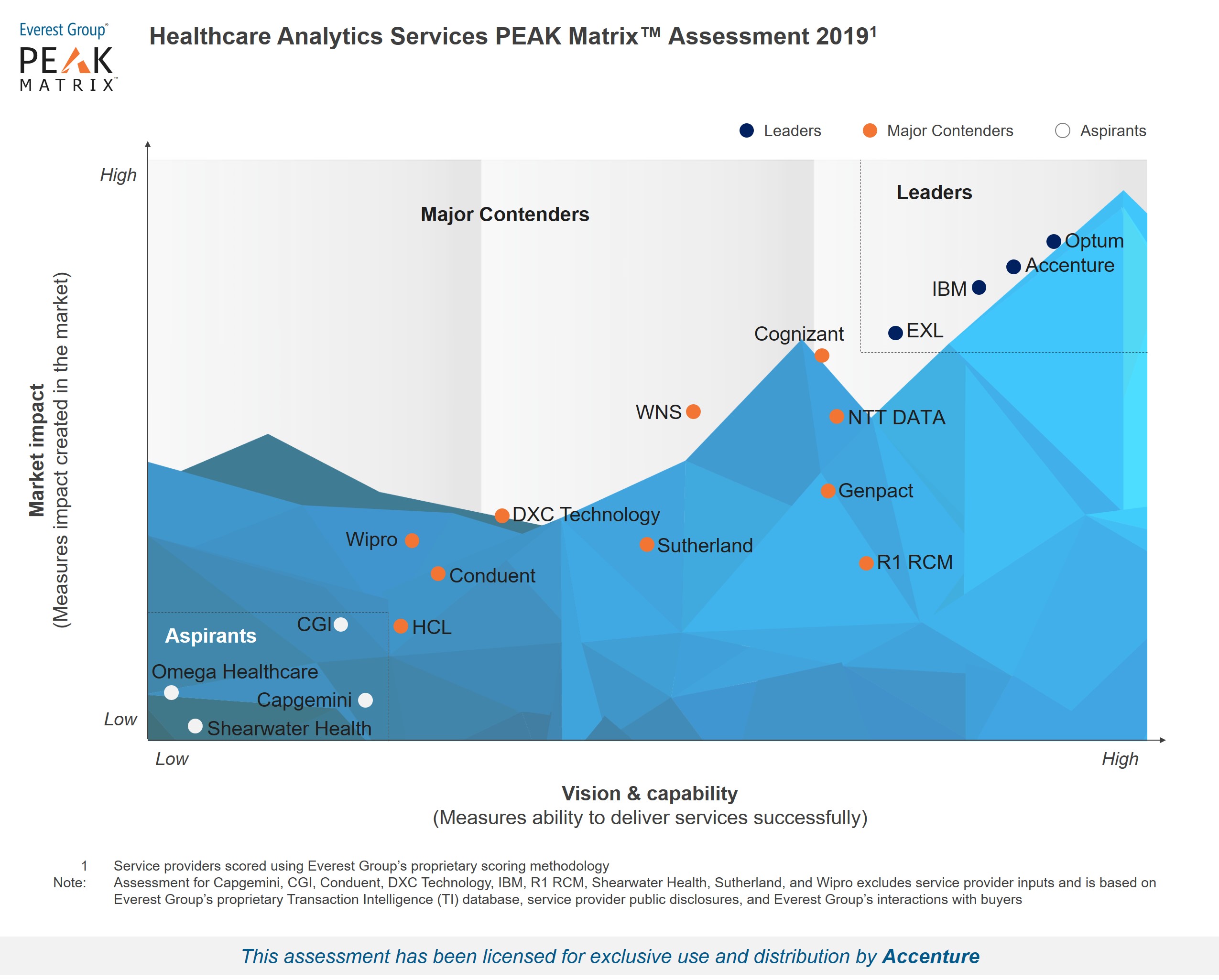
In a report by Grand View Research Inc., it’s predicted that the global Internet of Things (IoT) healthcare market will reach nearly $534 billion by 2024, with mobile penetration, software automation, and innovation medical devices promising rapid testing, greater accuracy, portability, and user-friendliness. Chronic diseases such as obesity, diabetes, heart failure, and hypertension specifically can be better addressed with IoT devices, offering users greater personal independence while still having their vital signs monitored, activity and safety measured, and medication supervised.
The question of security is still being answered by innovators, though, with the medical data collected being particularly sensitive. Notes Anura Fernando, who has served on the FDA Medical Device Interoperability Council, “It’s very challenging in this rapidly moving market. They have to balance safety and effectiveness and innovation. It seems clear-cut but sometimes it’s not. It’s truly a tough balance.” Inappropriate access to or sharing of such data should be addressed not only by the makers of IoT devices but by the organizations that implement them. Data privacy and security policies already in place will have to be updated to include the broader data landscape that IoT devices touch, and adequate encryption and virus protection systems for individual devices will require continuous evolution and updating to ensure new threats are obstructed.
From wearable sensors to telemedicine applications to medical smartphone applications, the health sector has an influx of future innovation. The talented, benevolent, and shrewd all have a role to play.
By Jennifer Klostermann
